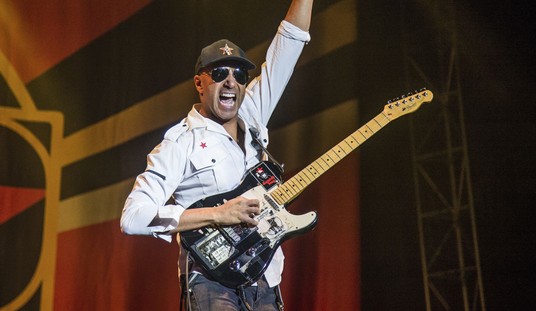Social distancing at the Supreme Court? That’s apparently going to be a thing now. In a recent announcement, the court indicated that they will be hearing several cases next month, but they won’t be taking place in the familiar setting that we’re all used to. Rather than convening in the court building, arguments will be made by phone. And as a bonus to this arrangement, the audio will be made available to the media in a live feed. (NY Times)
The Supreme Court announced on Monday that it would hear arguments by telephone over six days in May. In a major break with tradition, the court said it would for the first time allow live remote access to audio of the arguments.
Among the cases the justices will hear are three about subpoenas from prosecutors and Congress seeking President Trump’s financial records.
“In keeping with public health guidance in response to Covid-19,” a news release from the court said, “the justices and counsel will all participate remotely. The court anticipates providing a live audio feed of these arguments to news media. Details will be shared as they become available.”
The feed won’t only be going to press outlets. A spokesperson for the justices said that the audio would be made available to “the public” as well, but it sounds like the details of just how they plan to do this haven’t been worked out yet. Further, we don’t even know which specific cases will be heard as that will depend on the availability of counsel in each case.
I’m less interested in which specific cases will be handled this way than I am in the precedent being set here. The court has steadfastly refused to allow camera in the chambers and they never allow the audio recordings of their proceedings to go out as the events unfold. While I understand the need to make adjustments because of the pandemic, if these audio broadcasts are good enough to ensure that justice is served in each case, what is their excuse for continuing to exclude cameras?
I also can’t help but wonder who is setting up the technical end of this scheme and how it might impact the normal flow of the proceedings. Is it a literal phone connection that all of the justices and all the members of counsel are going to be able to tap into? And if so, why not just make it a video call? The technology certainly exists to do that. Hearing someone’s voice doesn’t convey the same sense of their presentation as being in the same room with them. But video would at least be somewhat closer, allowing the justices to gauge their facial expressions and body language.
But there are technical concerns to be addressed as well. What if the system goes down in the middle of arguments? How will the feed react if one of the justices wants to interrupt someone with a question? And of course, the biggest elephant in the room has probably occurred to all of you by now. What if someone hacks into the system?
What we’re clearly seeing here is another instance where the novel coronavirus is changing America and the way our system operates. If you can do something like this once, the precedent is set to do it again in the future. And in this case, if it spurs the court toward allowing cameras in the chambers to cover the cases, it might actually produce a net benefit after all.








Join the conversation as a VIP Member